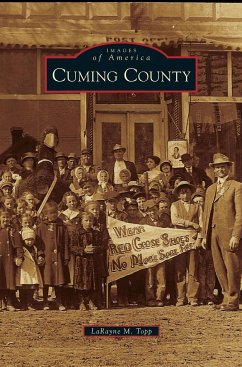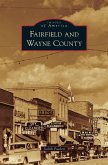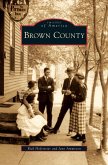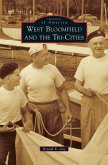When European settlers first came to Cuming County, they saw only what the Omaha, Pawnee, Otoe, and Ponca, and a few early trappers and traders had always seen: grass. They found acres of big bluestem, little bluestem, switchgrass, and sideoats grama. With slough grass growing as tall as a man on horseback, landmarks--a lone tree or a bend in the river--helped them find their way home to families burrowed into their dugouts like gophers on a mound-dotted prairie. Beginning in the 1860s, railroad tracks crisscrossed the state, bringing Germans, Bohemians, Scandinavians, Irish, and more. Eventually, a network of dirt roads, graveled county roads, and paved highways replaced the deer paths and Indian trails. So has run the winding path of Cuming County's continual transformation into a patchwork quilt of farm fields, cattle yards, homes, and businesses, stitched together with the firm threads that make a county strong.
Hinweis: Dieser Artikel kann nur an eine deutsche Lieferadresse ausgeliefert werden.
Hinweis: Dieser Artikel kann nur an eine deutsche Lieferadresse ausgeliefert werden.








